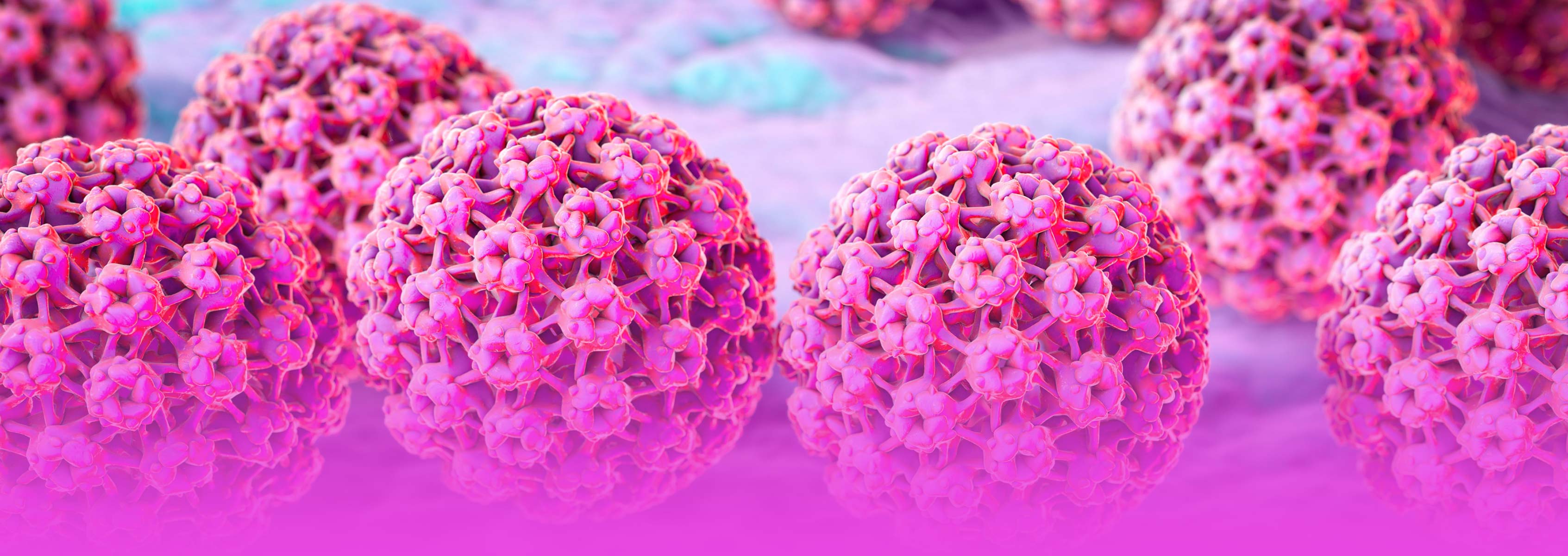Uncovering Role of Vaginal Microbiome and Connection to HPV Infection and Cervical Cancer

Cervical cancer is a significant health problem and is one of the most common cancers among women worldwide. In China, 61,691 women are diagnosed with cervical cancer annually, ranking cervical cancer as the eighth most frequent cancer among women and second most frequent cancer among women ages 15-44 years old. Persistent high-risk human papillomavirus (HPV) infection of the cervix contributes to the development of both cervical intraepithelial neoplasia (CIN) and cervical cancer. Although HPV is highly prevalent, the mechanism by which some individuals have a persistent HPV infection that go on to develop clinically significant disease remains largely unclear.
A multifactorial etiology of the disease is likely with the microbiota of the vagina playing a role. The vaginal microbiome influences health and disease of the female reproductive tract, and there is emerging evidence of the involvement of vaginal microbiota in the risk of persistent HPV and subsequent development of cervical cancer. A healthy reproductive tract is associated with vaginal bacterial communities of low diversity, often dominated by one of few species of Lactobacillus. Conversely, the species diversity of the vaginal microbiome of HPV-positive women tends to be higher with significantly less Lactobacillus spp.
While there are trends in certain vaginal microbiota and increased risk in acquiring transient and persistent HPV infections, current studies are heterogenous in nature and describe relatively small numbers of cohorts with limited control groups. Furthermore, additional studies are needed to elucidate the causal role of vaginal microbiota in HPV status and progression to cervical cancer. Therefore, we propose to perform metagenomics and transcriptomics analysis on vaginal samples from patients with high- and low-risk HPV phenotypes to investigate the microbial population dynamics and genomic diversity of the vagina during various stages of HPV infection compared to uninfected individuals.
Through this ‘omics approach we will also investigate the viral vaginal microbiome population, potentially identifying additional viral contributors associated with different HPV subtypes. The overall goal of this study is to improve knowledge of the mechanism of HPV carcinogenesis and discover potential biomarkers in the vaginal microbiome predictive or protective of persistent HPV infection through interrogation of vaginal microbiota in a well phenotyped, homogenous cohort of Asian women. Biomarkers predictive of disease phenotype will be validated using existing, publicly available studies by deciphering microbiome characteristics and commonalities associated with healthy and disease states.